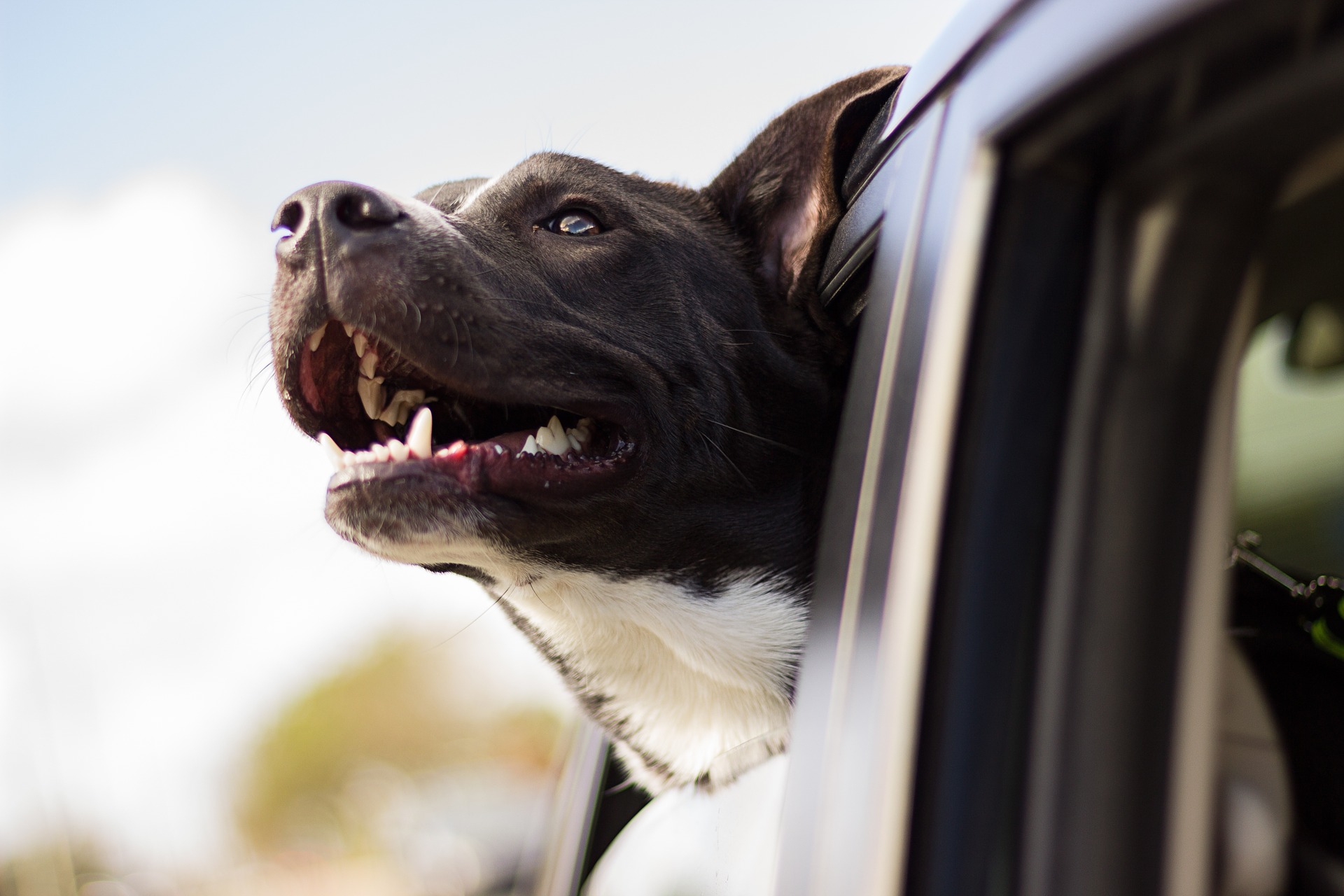Adventuring Animals: How to Travel With Your Pet!
‘Tis the season for travel!
If you are headed out of town for the holiday season, remember to make plans for the furred members of your family.
If a pet is being left behind, it’s best to make arrangements to board or get a sitter for them ahead of time. In the weeks leading into Christmas or Thanksgiving, it’s not uncommon to find pet sitters and facilities booked, so if there is anyone out there still in need for this season, call ASAP!
If you want to take your pet with you, you should also make plans. Most folks will be traveling via one of two methods: car or plane. While flying might save you time in transit, it requires much more prep time when your pet is involved. We’ve compiled a checklist for both types of travel to help make your journey as fun and stress-free as possible.
Flying Checklist
1. Pet Health Certificate
Source: www.animalleague.org
The first thing to consider when deciding whether or not to take your critter on the plane is “Is it healthy?” Looking snazzy isn’t enough. You’ll have to go to your vet and have them fill out a pet health certificate prior to boarding the plane. There are often some restrictions. Airlines often have restrictions about very young kitties or puppies flying, with different airlines barring pets under 12 or 8 weeks.
Check with your individual airline to see what the restrictions are. Many airlines also will not fly dogs with snub noses because they often encounter breathing problems mid-flight. Some of these breeds include: pugs, tzi shuhs, bulldogs, boxers, and Boston terriers. Some airlines will fly these breeds if they have super-spacious pet carriers, so check in and make sure you are good to go.
1. Crate Size
Source: www.edenvaleinn.com
Please make sure your crate is large enough to for your critter to feel comfortable. Your pet should have plenty of room to stand up and turn around. Most airlines require plastic crates, with solid, waterproof bottoms. Ventilation is required on three sides for domestic flights and four for foreign flights. Crates that meet the criteria can be found here: https://www.pettravelstore.com/pet-crates/
Please remember to acclimate your critter to its crate before you travel. It can make a stressful time less so. Also, some pets might be eligible to ride in-cabin if they are small enough. Again, check with your airline.
3. Make a Reservation
Source: www.lchs.info
Airplanes only have so much space, and believe it or not, if everyone on board showed up with a Great Dane, the cargo hold probably wouldn’t be adequate. You need to make a reservation for your pup or kitty just like you would a person. Call the airline at least two days in advance to confirm that the airline is equipped for your flight.
4. Prior to Flight
Source: www.petsfirsthospital.com
The USDA requires that you offer your pet water at least four hours before take off. However, many vets recommend feeding your furred friend less before boarding. Upset stomachs are common on flights and there is no doggie or kitty flight attendant there to make your critter any less miserable until the flight ends, so feed accordingly. Some frequent fliers recommend freezing water in a bowl and leaving in the crate prior to boarding, so that there is less chance for mess.
5. Security
Source: www.target.com
Be prepared to remove your animal from its carrier or crate and walk it through a metal detector. If the animal can’t walk through the detector, it might require a second screening.
6. Destination
Source: www.adoptapet.com
Where do you pick up your pet? It depends if this is a layover or your final destination. At your final destination, check in at the airline desk and you will be instructed on where to collect your critter.
If your stop is a layover and you are changing airlines, be very assertive in tracking your critter down before you get on your next plane. It can be a little complicated for both the airline and the pet to make the transfer.
If air travel isn’t for your family, then maybe the classic road-trip is more your style!
Car Travel Checklist
Source: blog.travefy.com
1. Accommodations
Source: doubletree3.hilton.com
The first thing to consider is how long you will be gone and where you are going. Are you going to need a hotel? Are you bound for a long-lost relative who may or may not have a cat or dog allergy or a very specific fear of German Shepherds? Make a plan to avoid grumbles later. Not all hotels allow pets, some have breed or size restrictions or some might require that you keep your animal in a crate.
2. Activities
Source: www.crosspeakproducts.com
What are you going to be doing at your destination? An energetic lab puppy likely won’t do well if it’s left in the hotel while you are out enjoying your sister’s wedding for 12 hours of the day. Make time for walks and feeding, but also consider dog boarding or doggy daycare options in the area of your destination so your pet isn’t neglected.
2. Actual Transit
Source: www.aimss-sf.com
It might seem cruel to crate your cat or dog for a road trip, but it’s not. Your animal might do great on the extended ride, but things can head south really quick. A crate can be a calming place for your dog to relax instead of, say, panicking while on the road! A pet can also be a restrained from bolting from the car and getting lost with a harness and pet seatbelt. Whether traveling by car or traveling by air it is important to have your pet microchipped in case this does happen. The Incredible Journey is not a movie you want your pet to star in.
Source: www.kimballstock.com
Expert opinions differ on whether or not critters should be medicated for travel. There are some dramamine-like drugs you can talk to your vet about if you have any questions.
. Gear
Source: www.sheknows.com
You know how you like to travel with a water bottle, snacks and a few creature comforts? You critter appreciates being fed, watered, and having a toy or two along as well! Don’t forget these things. Certain brands of food might not be available in the area you are traveling to, so make sure you are prepared if your animal is sensitive to that.
There are dozens of things to consider before your start your journey. If your pet has special needs or travel anxiety there might be extra things to consider. Get started now to make sure your holiday travel is merry and bright for you and your critter!













